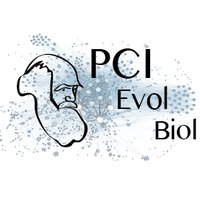Evolutionary stasis of the pseudoautosomal boundary in strepsirrhine primates
This article has been Reviewed by the following groups
Discuss this preprint
Start a discussion What are Sciety discussions?Listed in
- Evaluated articles (Peer Community in Evolutionary Biology)
Abstract
Sex chromosomes are typically comprised of a non-recombining region and a recombining pseudoautosomal region. Accurately quantifying the relative size of these regions is critical for sex-chromosome biology both from a functional and evolutionary perspective. The evolution of the pseudoautosomal boundary (PAB) is well documented in haplorrhines (apes and monkeys) but not in strepsirrhines (lemurs and lorises). Here, we studied the PAB of seven species representing the main strepsirrhine lineages by sequencing a male and a female genome in each species and using sex differences in coverage to identify the PAB. We found that during primate evolution, the PAB has remained unchanged in strepsirrhines whereas several recombination suppression events moved the PAB and shortened the pseudoautosomal region in haplorrhines. Strepsirrhines are well known to have much lower sexual dimorphism than haplorrhines. We suggest that mutations with antagonistic effects between males and females have driven recombination suppression and PAB evolution in haplorrhines



